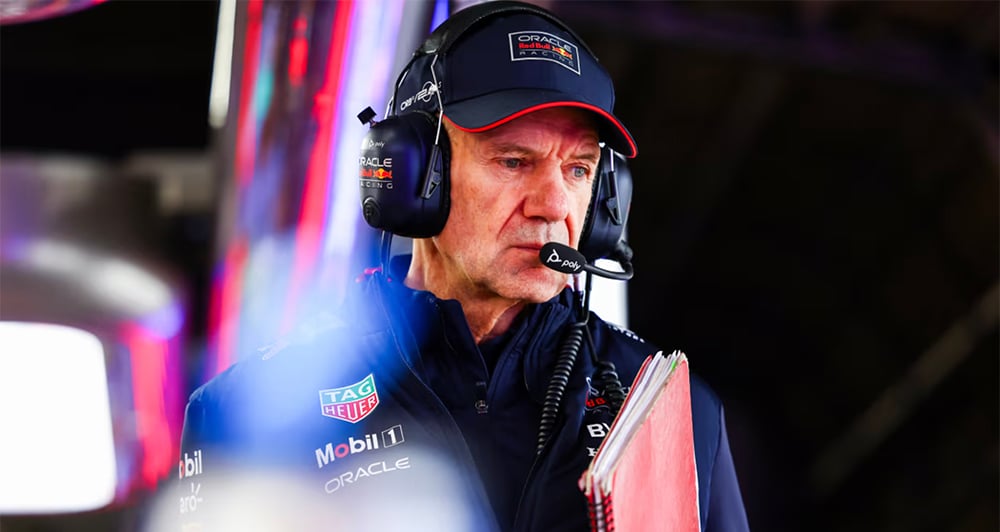
A lot of hybrid vehicles aren’t designed to inject excitement into every drive. That’s why manufacturers are now spicing up the segment with bold designs that, in theory, should attract a fair chunk of buyers to their showrooms. Toyota used this approach with the all-new Prius, and now, the latest C-HR is getting the same styling treatment.



Those who think that the outgoing C-HR’s looks are over-the-top will be pleased to know that the new one has dialed things down a bit. It still has that rakish, coupe-like profile in order to reduce drag and improve fuel efficiency. But some of the Prius’s design elements are definitely present in this car, which give it a cleaner look. Toyota has even gone the extra mile with flush-mounted door handles. There is even an optional two-tone livery where the contrasting black paint covers the roof and the rear quarter.



There are bits of the Prius and the all-electric bZ4X in the cockpit layout. Top-of-the-range variants get large 12.3-inch displays for the instruments and the infotainment system. Drivers can create individual profiles that remember their seat position and menu preferences, among other things. Also standard in the C-HR is automatic parking, and an app that will allow the car to be parked remotely is in the pipeline.
However, Toyota is particularly proud of the 64-color ambient lighting that can be configured to change every hour depending on the time of day. It can even turn red in order to warn occupants not to open the doors when there are cyclists or other potential hazards in close proximity.


The C-HR can be had with a choice of powertrains. The standard hybrid system comes in 1.8-liter and 2.0-liter flavors with optional all-wheel drive for the latter. But the smartest of the bunch is the 2.0-liter plug-in hybrid as it gets a longer electric range, a one-pedal driving mode, and something called geofencing. This is when an app or software triggers an action when it enters or exits a virtual geographic perimeter (a geofence). The manner in which the C-HR PHEV uses its geofencing function is when it enters low-emission zones. If the battery has sufficient charge, the car will prolong the use of its EV mode within the zone. This should make it quieter and less-polluting in congested cities.



Speaking of sustainability, Toyota has made changes to the all-new C-HR’s production process in the name of lowering carbon emissions. For example, more recycled materials are now being used starting with the seat fabric that is made from used plastic bottles. The bumpers are formed from a new type of colored resin that reduces the use of chemical-based paints. Even the steering wheel gets wrapped in an animal-free skin as an alternative to leather.
The car’s Toyota Safety Sense suite gets a major upgrade. It is now equipped with an acceleration inhibitor just to make sure no one accuses the car of taking off by itself when the go pedal is pressed unintentionally. The system is also programmed to assist the driver with steering and braking input for a smoother ride. Additionally, software upgrades will be delivered by over-the-air updates.

If the all-new C-HR looks exciting enough for you to run to your preferred Toyota dealership to inquire, don’t do it just yet. In the automaker’s own words, its latest hybrid is “designed, engineered, and built in Europe, for European customers.”











Comments